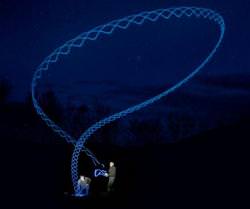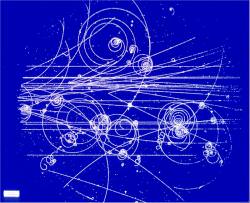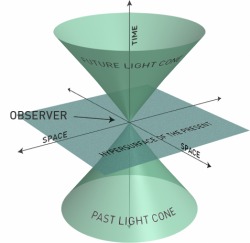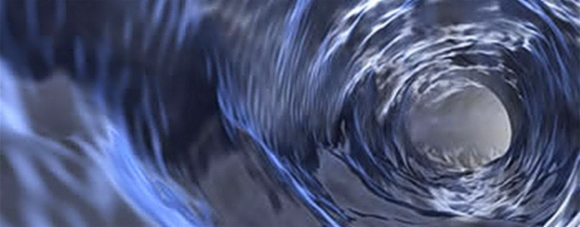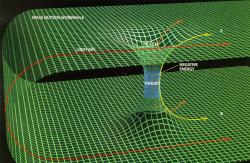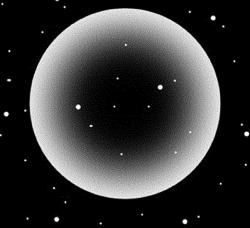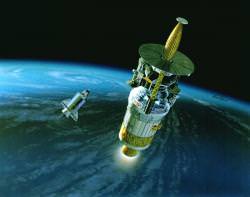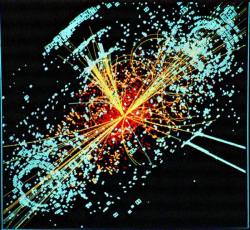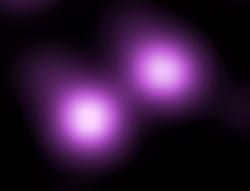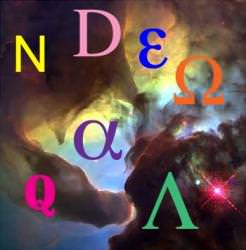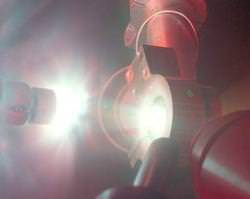You know this is a burning question on the minds of eight-year olds everywhere: if you threw a boomerang in zero-gravity, would it come back to you? Japanese astronaut Takao Doi plans to test this very premise when he travels to the International Space Station in March 2008.
Doi plans to bring a paper boomerang to the ISS to test whether it will perform the trick of returning to the thrower in zero-gravity. He reportedly decided to test the boomerang at the behest of Yasuhiro Togai, a world boomerang champion from Osaka, Japan. With the announcement that a paper airplane will be launched from the ISS, space is beginning to look like an unruly high school classroom. But these experiments aren’t all fun and games, as there are underlying physical principles that can be explored by such simple tests.
A returning boomerang – when thrown properly – will travel in a circular path which brings it back around to the thrower. The two (or three) fins of a boomerang are shaped like an airplane wing, so when thrown the shape provides lift and causes the boomerang to fly.
Boomerangs fly in a circle because of the lift provided by the leading fin of the boomerang. Because it is spinning around a central axis, one fin provides lift in the direction of travel, then the other does the same. This force in the same direction makes the path of the boomerang form a circle, and as it loses energy because of the pull of gravity the boomerang comes back down to the ground.
Now, the question remains as to what will happen if the force of gravity is not present. The zero-gravity environment of the ISS is a perfect place to test this. The atmosphere of the ISS will still allow the boomerang to generate lift, but will it return to the sender, bounce off the walls, or just spin in place?
Source: Space Travel report

